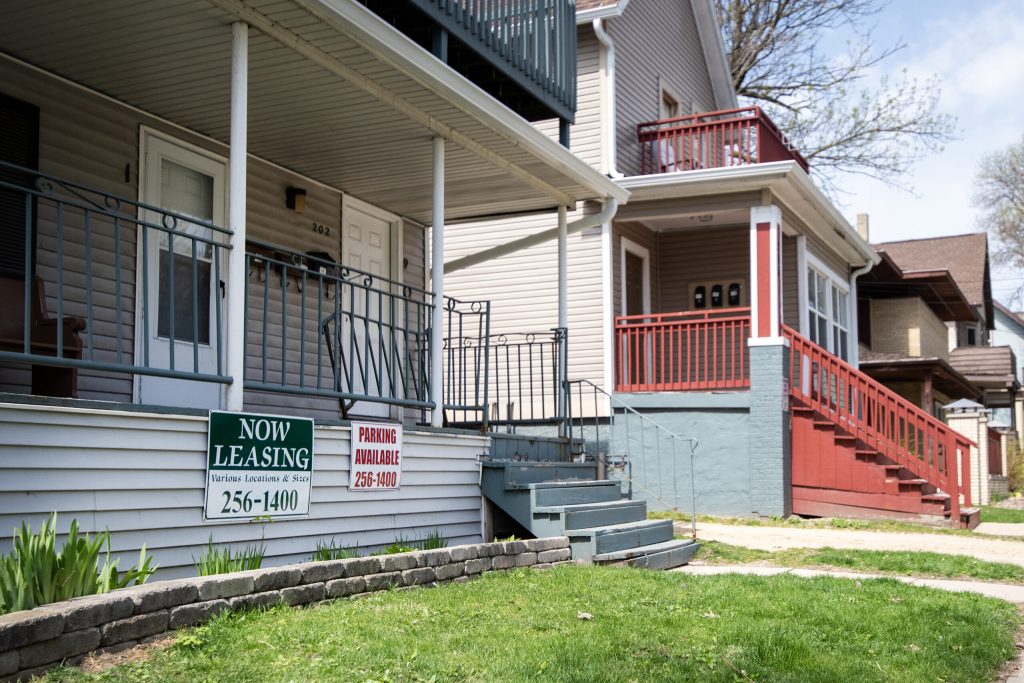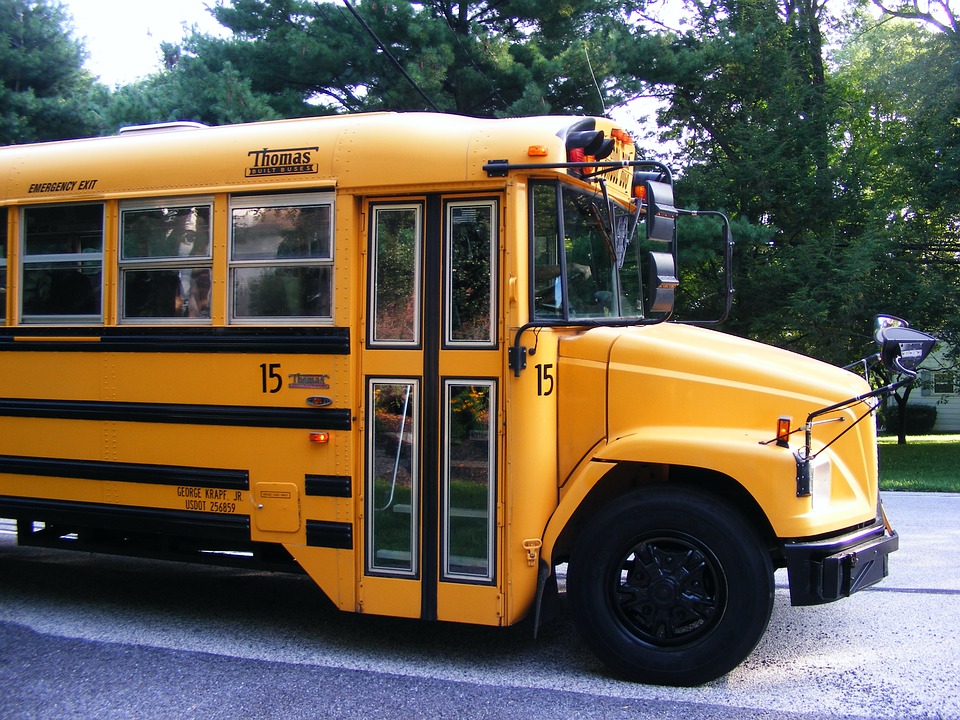Number of Wisconsin Students Who Are Homeless Is Rising
13.5% of students in Beloit schools. 'Highest number I've seen.'
For 19 years, Robin Stuht has worked with homeless students in the School District of Beloit.
Her current count of homeless students — 629, or 13.5 percent of the district’s entire student body — is “the highest number I’ve seen to date,” Stuht said.
It’s consistent with statewide trends.
The nonpartisan research organization’s count is based on numbers from the state Department of Public Instruction, and is a record high since the agency started releasing data in 2019.
Beloit has seen two waves of homelessness in recent years, Stuht explained.
The first came when COVID-19 pandemic relief — like eviction moratoriums — ended. The second has seen property management companies buy local apartments and “double or triple the rent,” pushing out working families who’ve lived there for years.
Stuht said most families find a place with friends or relatives — but local outreach workers have recently noticed a worrying trend.
“Now, they’re finding little kids with their families sleeping in their cars, sleeping in tents,” she said.
Most students stay with friends or relatives, report says
Public schools use a definition of homelessness based on the 1987 federal McKinney-Vento Homeless Assistance Act, which requires school districts to provide certain services to homeless students.
That definition includes students whose families are “living with friends or family due to a change in financial, family, or employment status,” the report says, as well as those sleeping outdoors and in hotels or motels.
Between 2019 and 2024, the report says, 77 percent of homeless students were staying with friends and relatives.
Ten percent lived in hotels and motels. Shelters housed another 10 percent, with only 2 percent of students unsheltered.
The report shows a sharp increase in student homelessness since 2021. That’s mostly because of better identification since in-person learning restarted, said Don Cramer, the researcher who wrote the report.
But what’s behind the most recent increase — 9 percent over the last two academic years — is still an open question, he said.
Lack of affordable housing key factor in Madison, educator says
At least in Madison, lack of affordable housing plays a role. That’s according to Jani Koester, who leads the school district’s homeless services team.
“We’re amazed every time we check our numbers and there’s another five or another two,” she said. “It’s just constant identification this year.”
Landlords will choose not to renew leases, she said, when families can’t afford rent increases. They move out and do “whatever they can do to put a roof over the heads of their kids,” Koester said.
Most of them move in with friends and acquaintances, she said.
“They’re people that they either know, or friends, or somebody they met the other night who’s just got a caring heart,” Koester said.

Signs are posted outside of apartments for rent Friday, May 5, 2023, in Madison, Wis. Angela Major/WPR
Meanwhile, she said, local homeless shelters have prohibitively long wait lists.
Since the COVID-19 pandemic, many shelters have ended their time limits on the length of people’s stays, Koester said.
“There’s not a time limit for being in shelter, which is part of the challenge, I think, for accessing shelter. Because we have families that have stayed there for quite a while,” she said.
And getting back into the housing market isn’t easy, Koester said. In a competitive market like Madison’s, a lot of things can hurt families’ chances of securing a lease — “a bad credit, a bad landlord letter, any kind of criminal background depending on what it is, they look at your income.”
“Landlords will get multiple requests for the same apartment. They can pick and choose who they put in there,” she said.
‘We don’t turn anybody away’: Schools fill the gap
Stuht and Koester agreed that homelessness affects students’ learning.
“They’re not ready to learn because they are in survival mode,” Stuht said. “To get them to a place where we can get them calmed down and feel safe and secure and have some routine is not going to happen while they’re not in stable housing.”
“Schools are one of the largest social services organizations because we don’t turn anybody away,” Koester said.
Stuht and Koester listed things their homeless students can access at school: food, clothing, emergency rental assistance, counseling.
In Beloit, a partnership with Head Start allows student mothers take virtual classes while their kids get child care.
“We can provide everything our families need but a house,” Stuht said.
‘Highest number I’ve seen’: Wisconsin students experiencing homelessness on the rise was originally published by Wisconsin Public Radio.





















